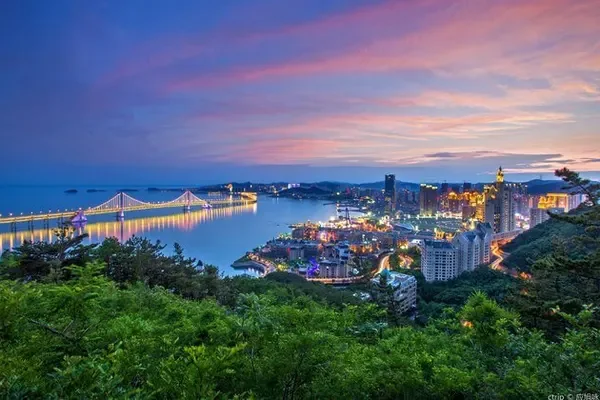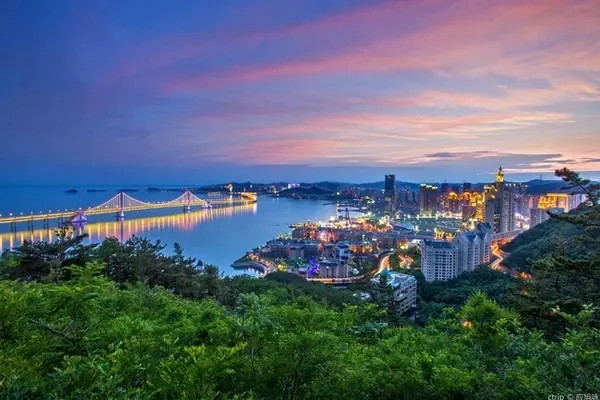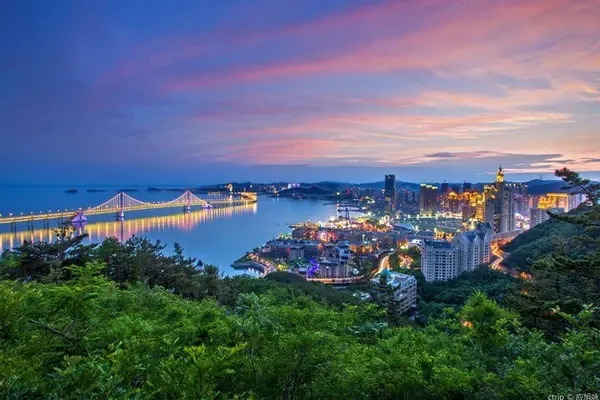introduce
Play Features:
【Performance plot: Princess Wencheng and Songtsan Gampo】
The vigorous Zhuo Wu in the prologue brings the audience into the love legend more than 1300 years ago. The first act tells the story of Princess Wencheng setting out to get married. The second and third acts show the nostalgia and longing on the long road. Pay attention to the 12-year-old statue of Sakyamuni in the golden carriage. The original work can still be seen in the Jokhang Temple. The fourth act welcomes the princess with singing and dancing. The marriage of Han-Tibetan and the United States marks the end of the fifth act.
[Grand scene: the starry sky is the scene of mountains and rivers]
The performance venue is on the mountain in the southern outskirts of Lhasa. It is open-air and you can directly see the starry sky. The super-large stage set restores the Jokhang Temple, Ramoche Temple, and Potala Palace in the Tang Dynasty. The airport transmission walkway is cleverly used, so that the wedding team can walk non-stop through the day and night and the snowy winter. You can even see cows, sheep, and horses galloping on the mountain, everything feels immersive!
[Ethnic Characteristics: Grand View of Han-Tibetan Intangible Cultural Heritage]
Dozens of Han-Tibetan intangible cultural heritage elements were integrated into the performance. The Zhuo dance in the prelude came from Shannan. The second act featured a masked Tibetan opera familiar to tourists. People in the Tibetan area hold a wooden ram and sing and dance. In addition, Guozhuo dance, monks and snails, Reba drums, the use of cowhide boats, etc. are also wonderful!
【Seating Area Guide】
Ordinary ticket B is closest to the stage, ordinary ticket A seats in the back row of B, V1V2V3 tickets are in the middle of the venue, and VIP tickets are in the back of the entire venue. Note that the higher the ticket price, the farther you are from the stage, and vice versa, the closer you are to the stage, because the farther you can see the panorama of the stage, the better the visual effect. The night in Lhasa is cold, so you must wear thick clothes to watch the performance at night.

opening hours
April 20-October 31 20:40-23:00 (last admission 21:30); April-October 2022 - separate show at 9:30



